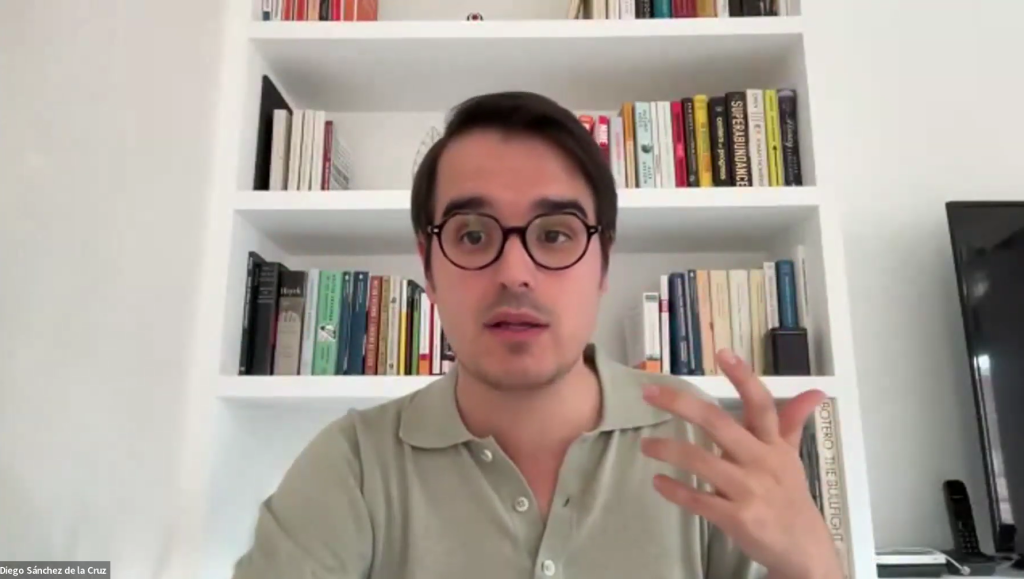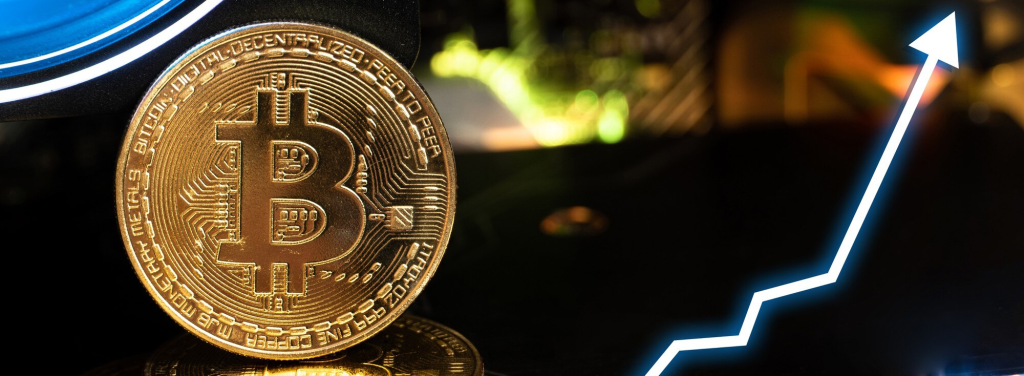
On May 1st, Westfield Business School hosted renowned Spanish economist and broadcaster Diego Sánchez de la Cruz for a keynote on “The Future of Money.” During his talk, he addressed key topics such as the historical evolution of money, the rise of cryptocurrencies, the role of the dollar in Latin America, and the digitalization of monetary transactions.
The Fundamentals of Money
Sánchez de la Cruz began by emphasizing that money is a relatively modern institution compared to bartering. To function effectively, he explained, money must fulfill three essential characteristics:
- Unit of account: allows for measuring and comparing values.
- Medium of exchange: facilitates transactions without a direct match of needs.
- Store of value: maintains purchasing power over time.
He noted that, unlike bartering, money overcomes the difficulty of needing a complete match between buyer and seller.
Historical Evolution and Trust
The speaker highlighted how precious metals were an early form of money, followed by paper money. However, the most significant change occurred in the 20th century with the abandonment of the gold standard, leading to a system of fiduciary money based on trust. This allowed central banks to control the money supply, although sometimes influenced by political factors.
Cryptocurrencies: A Response to Uncertainty

Sánchez de la Cruz pointed out that we are now witnessing a new evolutionary phase with cryptocurrencies, especially Bitcoin, which fulfills all three functions of money and does not require governmental intermediaries. These digital currencies are attractive in countries with weak currencies because they offer independence from central banks. However, he noted that, despite their advantages, Bitcoin remains volatile as a medium of exchange, though its limited supply gives it potential as a store of value.
The Dollar in Latin America
In Latin America, the dollar has acquired a central role as a monetary reference. Sánchez de la Cruz compared the dollar to a “projected shadow,” where local Latin American currencies are the shadows that vary depending on the economic policies of each country. In countries with unstable monetary policies, such as Argentina and Venezuela, these “shadows” distort, leading to inflation and loss of purchasing power. In contrast, in countries like Peru, where monetary policies are stronger, the local currency more closely reflects the value of the dollar.
Monetary Freedom as a Solution
Rather than imposing dollarization, we need monetary freedom.
Facing these challenges Sanchez de la Cruz made it clear that he does not advocate mandatory dollarization, but rather a framework of monetary freedom. This vision entails allowing citizens and businesses to freely choose the currency they prefer for their transactions. He cited examples such as informal dollarization in Venezuela, official dollarization in Ecuador since 2000, and Panama, which has been dollarized for over 100 years without facing significant inflation crises.
Digitalization and the Future of Money

The keynote also addressed the growing digitalization of money as an irreversible trend. Currently, most transactions are digital, although physical cash persists. According to projections mentioned, cash could disappear in countries like Spain by 2050.
Sánchez de la Cruz concluded that the future of money will be dynamic, driven by technology and social needs, but always conditioned by trust. In an increasingly digitalized world, monetary freedom emerges as a promising path to address global economic challenges.
Diego Sánchez de la Cruz is the director of the Intelligent Regulation Forum, head of studies at the Juan de Mariana Institute, and a researcher at the Institute of Economic Studies. He also actively contributes to media outlets such as Libre Mercado.

